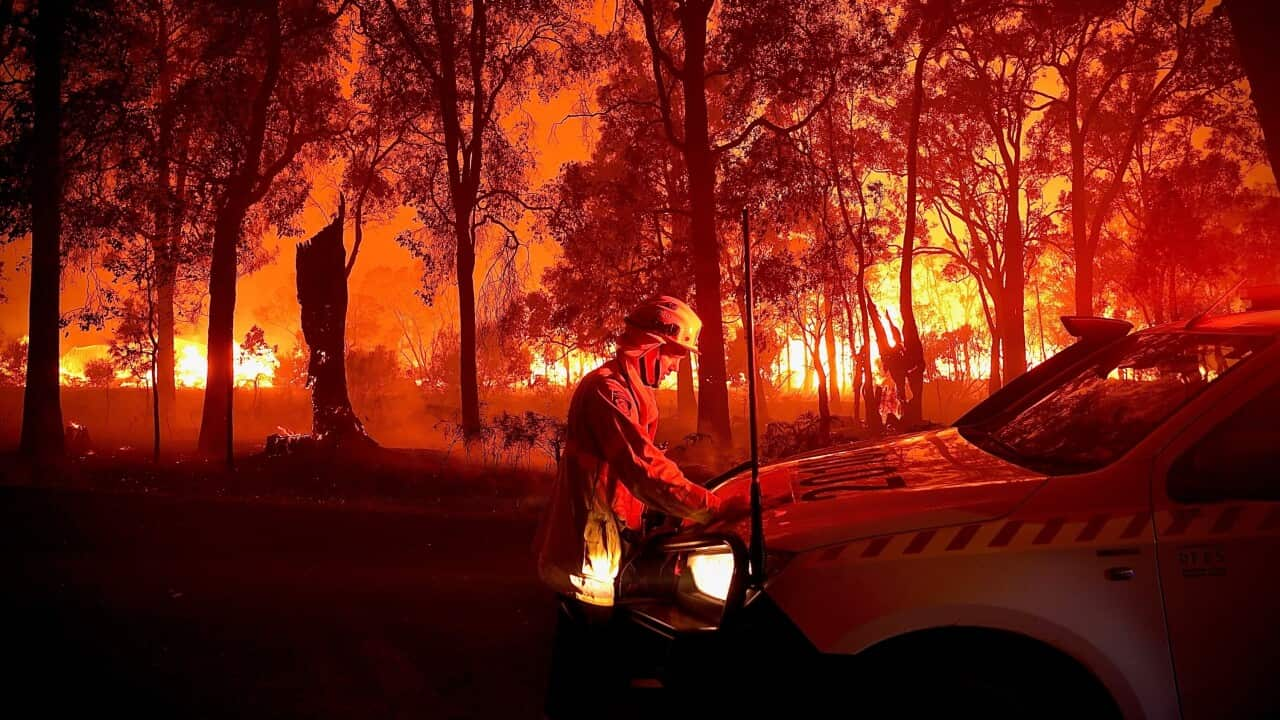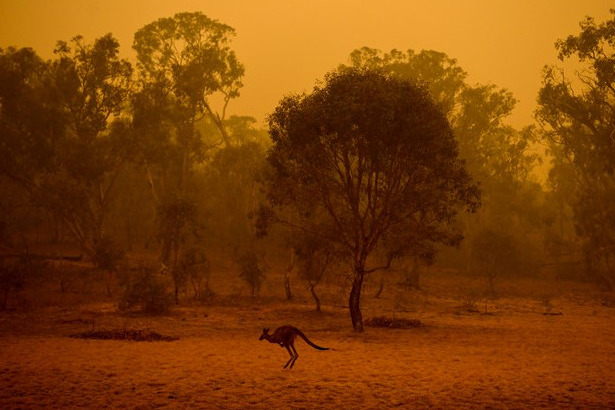Crafting Your Property's Safety: A Step-by-Step Bushfire Management Plan Overview
Ideal Practices in Bushfire Management for Comprehensive Fire Protection
In the realm of bushfire administration, the pursuit for thorough fire security requires a thorough strategy that encompasses numerous critical facets. From rigorous danger evaluation and tactical planning to the execution of effective vegetation management methods, the range of ideal techniques is intricate and substantial. Area interaction and education play crucial roles in promoting resilience and readiness, while very early detection and warning systems act as crucial safeguards. The seamless sychronisation of emergency response and evacuation strategies is important for making sure the safety and security and health of people in the face of rising bushfire dangers. As we browse via the nuances of these finest techniques, an exploration into the intricate internet of techniques and approaches awaits, promising a deeper understanding of the diverse landscape of bushfire management for detailed fire protection.
Threat Analysis and Planning
In bushfire monitoring for fire security, the first action entails conducting a comprehensive risk assessment and developing a thorough plan to reduce potential risks. By understanding these threats, fire defense authorities can prioritize areas that are most at risk to bushfires and allocate resources efficiently.
By having a well-defined plan in location, emergency situation solutions can act swiftly and effectively to secure lives, property, and the environment during a bushfire episode. Reliable threat analysis and preparation are essential components of bushfire management for making certain extensive fire defense.
Vegetation Administration Strategies
After conducting an extensive danger analysis and establishing a detailed strategy for bushfire monitoring, the focus shifts to applying reliable vegetation administration methods. Vegetation administration plays a vital duty in reducing the intensity and spread of bushfires.
In enhancement to producing defensible area, suggested burning is one more important plants monitoring technique. Suggested burns include purposely setting fires under regulated problems to reduce the build-up of gas, decrease the chance of high-intensity wildfires, and promote ecosystem health and wellness. By strategically melting areas with excess vegetation, fuel degrees are minimized, making it harder for fires to spread quickly and uncontrollably.

Area Involvement and Education And Learning
Effective community interaction and education are necessary elements in developing a positive and resistant technique to bushfire management. By entailing area members in the planning and application of bushfire monitoring techniques, stakeholders come to be energetic individuals in protecting their areas and homes. Community interaction fosters a sense of shared responsibility and equips homeowners to take possession of their security.
Education plays an important function in gearing up individuals with the knowledge and skills required to alleviate bushfire threats successfully. Giving educational sources on fire avoidance, emptying treatments, and the relevance of early detection can substantially boost neighborhood readiness. Furthermore, informing residents on the local bushfire atmosphere, consisting of fire actions and danger factors, enables them to make enlightened decisions throughout high-risk circumstances.
Through continuous interaction and education and learning campaigns, areas can create a cumulative understanding of bushfire risks and job collaboratively to reduce the impact of wildfires. By cultivating a culture of preparedness and durability, community members can improve their ability to react properly to bushfire emergency situations and secure both lives and residential or commercial property.

Very Early Detection and Warning Equipments
Neighborhood interaction and education and learning act as foundational columns in establishing aggressive bushfire management methods, laying the foundation for the implementation of robust early detection and warning systems. Early discovery and caution systems are critical parts in alleviating the effect of bushfires on communities and the environment. These systems incorporate a range of modern technologies and methods focused on identifying and signaling authorities and locals to potential fire break outs swiftly and efficiently.
One trick aspect of very early discovery systems is using sophisticated tracking innovations such as satellite imagery, drones, and weather condition terminals to find signs of possible fire ignition. These modern technologies provide real-time information that can be assessed to recognize fire-prone locations and cause early cautions. In addition, the integration of community-based tracking networks and automated alert systems can enhance the performance of early discovery efforts by involving homeowners in reporting possible fire threats and receiving timely cautions.
Reliable very early detection and warning systems rely upon a multi-faceted strategy that combines technological technology, area involvement, and swift emergency action protocols to make certain the prompt and worked with administration of bushfire cases. By investing in these systems and promoting partnership between stakeholders, neighborhoods can improve their resilience to bushfires and decrease the involved website here dangers.
Emergency Situation Action and Evacuation Plans
A detailed and well-coordinated emergency reaction and evacuation plan is vital for effectively protecting lives and home during bushfire occurrences. These plans ought to be carefully crafted, taking into consideration variables pop over here such as the topography of the area, the thickness of plant life, and the possible speed and instructions of the fire's spread.
One important element of an emergency reaction plan is the establishment of clear interaction channels to share exact and prompt info to citizens and emergency responders. This can consist of utilizing alarms, mobile informs, social media, and area conferences to make certain that everybody is notified and knows what activities to take.
Evacuation routes need to be pre-identified and regularly maintained to ensure they are easily accessible throughout emergencies. In addition, assigned evacuation centers ought to be established to offer shelter, medical support, and assistance solutions to evacuees.
Normal drills and exercises are vital to familiarize homeowners with emptying procedures and examine the efficiency of the strategy. By constantly assessing and updating emergency situation reaction and discharge strategies, communities can enhance their preparedness and durability when faced with bushfire hazards.
Conclusion
In final thought, efficient bushfire monitoring calls for you can try these out a detailed method that consists of risk assessment, vegetation administration, community engagement, early discovery systems, and emergency action plans. By carrying out these best practices, communities can better shield themselves from the damaging impacts of bushfires - Bushfire Risk. It is necessary to focus on positive measures to alleviate the risks posed by bushfires and make certain the safety and wellness of people and areas in danger
After conducting a comprehensive risk assessment and creating a comprehensive plan for bushfire monitoring, the focus moves to implementing effective vegetation management techniques.Efficient area engagement and education and learning are essential components in developing a proactive and resistant approach to bushfire monitoring. By entailing neighborhood members in the planning and implementation of bushfire monitoring techniques, stakeholders become energetic participants in safeguarding their homes and communities.Neighborhood involvement and education serve as foundational columns in developing proactive bushfire administration techniques, laying the foundation for the implementation of durable very early detection and caution systems.In conclusion, effective bushfire monitoring requires a comprehensive method that includes threat analysis, greenery management, neighborhood interaction, very early discovery systems, and emergency feedback strategies.